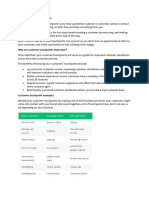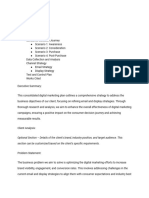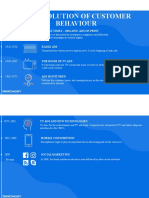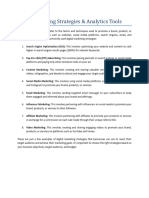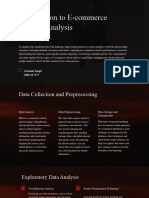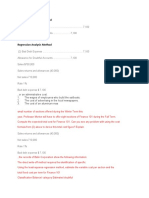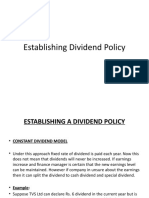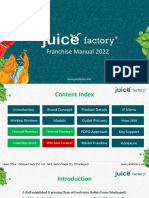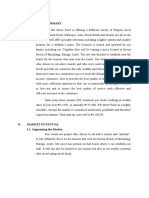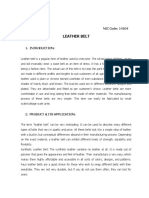0% found this document useful (0 votes)
17 views8 pagesCustomer Behavior Guide
The guide outlines the process of customer behavior analysis, emphasizing the importance of setting SMART goals, collecting various types of customer data, and segmenting customers effectively. It provides methods for analyzing buying motives and pain points, as well as steps for optimizing customer interactions through testing and automation. The document serves as a comprehensive resource for improving customer retention, satisfaction, and overall business performance.
Uploaded by
mrwnbnntCopyright
© © All Rights Reserved
We take content rights seriously. If you suspect this is your content, claim it here.
Available Formats
Download as PDF, TXT or read online on Scribd
0% found this document useful (0 votes)
17 views8 pagesCustomer Behavior Guide
The guide outlines the process of customer behavior analysis, emphasizing the importance of setting SMART goals, collecting various types of customer data, and segmenting customers effectively. It provides methods for analyzing buying motives and pain points, as well as steps for optimizing customer interactions through testing and automation. The document serves as a comprehensive resource for improving customer retention, satisfaction, and overall business performance.
Uploaded by
mrwnbnntCopyright
© © All Rights Reserved
We take content rights seriously. If you suspect this is your content, claim it here.
Available Formats
Download as PDF, TXT or read online on Scribd
/ 8



